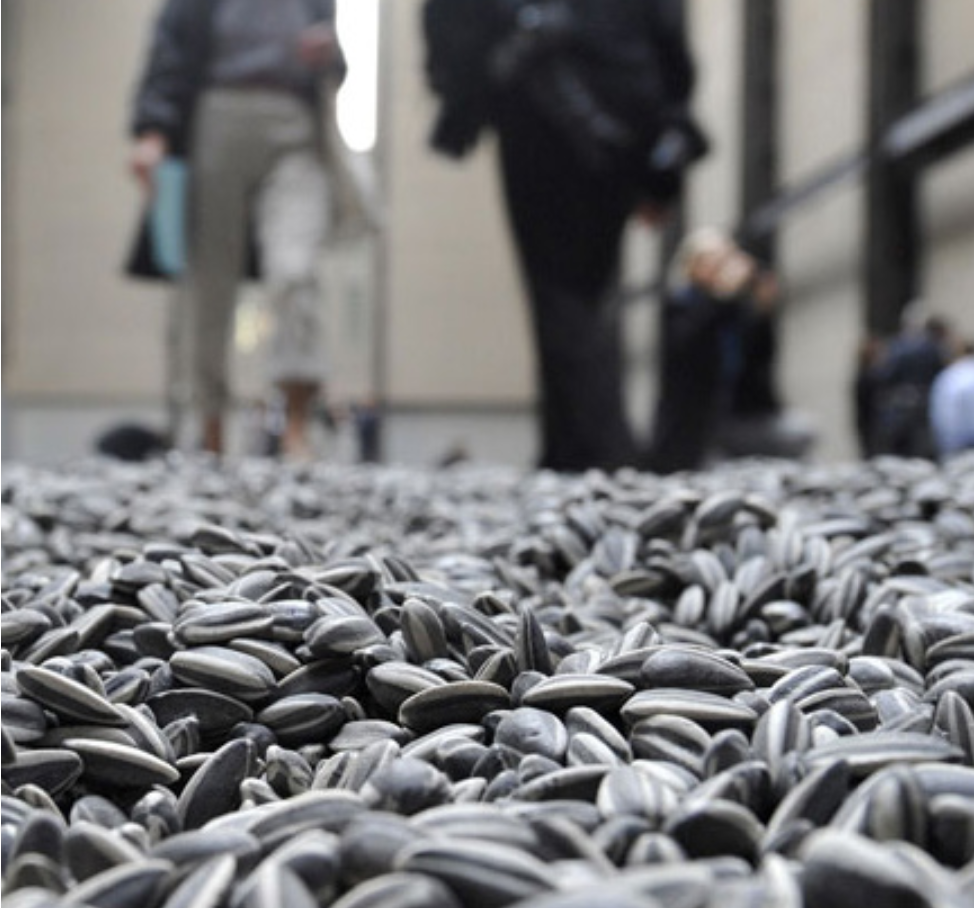Human Traces on Art Objects and Spaces
DOI:
https://doi.org/10.69598/sbjfa252550Keywords:
traces of art, ephemeral art, relational aestheticsAbstract
This article aims to study art pieces that emphasize human traces on objects and spaces conveyed through the realm of international contemporary art. The researcher has studied the creative process of 4 artists and their 5 works under the framework of relational aesthetics practice and questioned how artists use the medium to make viewers be deeply moved and affect their emotions. The researcher used both approaches: returning to the origin of each piece and introducing new meaning from the viewer’s perspective and interpretation based on the analysis of social and cultural context. Two main points have been made: 1. To examine the relationship between the details of the artwork and the viewer according to the relational aesthetics approach 2. To examine the deterioration of the material used to create art. The results showed that significant traces, which identified the effects of transient phenomena in the art, are expressed through the relationship between the artistic process created by the artist and the audience participating in the creation and/or the disintegration of the work. Traces can be classified into 2 groups. The first group is the trace of changes with subtext such as Sunflower Seed and Fairytale by Ai Wei Wei and Untitled 2020 (Infinite Attempts Never Concluded) by Rirkrit Tiravanija. These works show the destruction of art objects in a slow progression. It is seen through the physical comparison of the before and after the completion of artistic activity. The second group is the trace of clear transformation such as in Leandro Erlich's Classroom and Lu Yang's The Great Adventure of the Material World. This group uses non-durable material that creates a clear transformation process. It is clearly visible and can maintain the same condition to the viewer's eyes only for a fraction of a second.
Downloads

Downloads
Published
How to Cite
Issue
Section
License
The journal's editorial team does not have to agree with the views and comments in the author's article, nor are they responsible for the comments.











